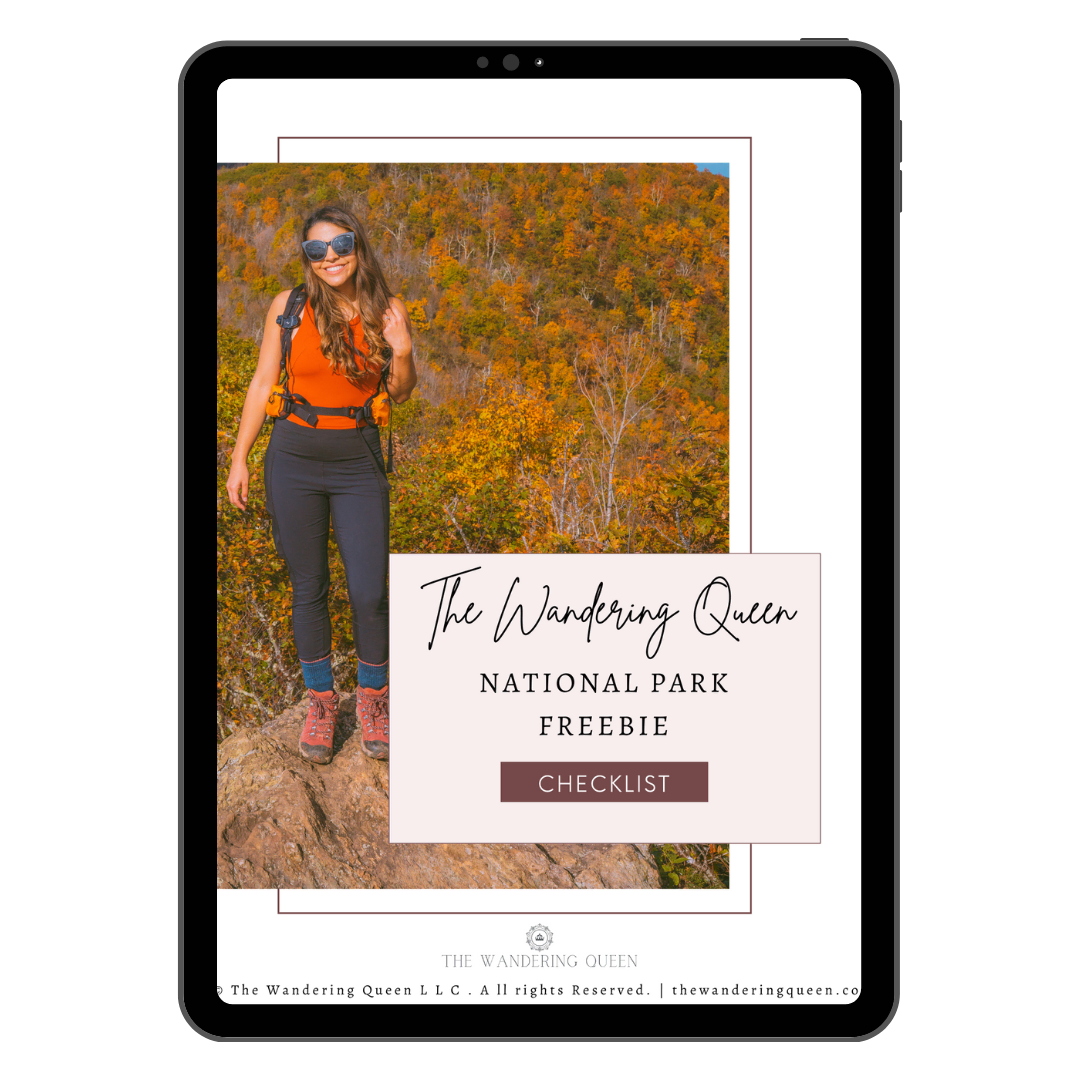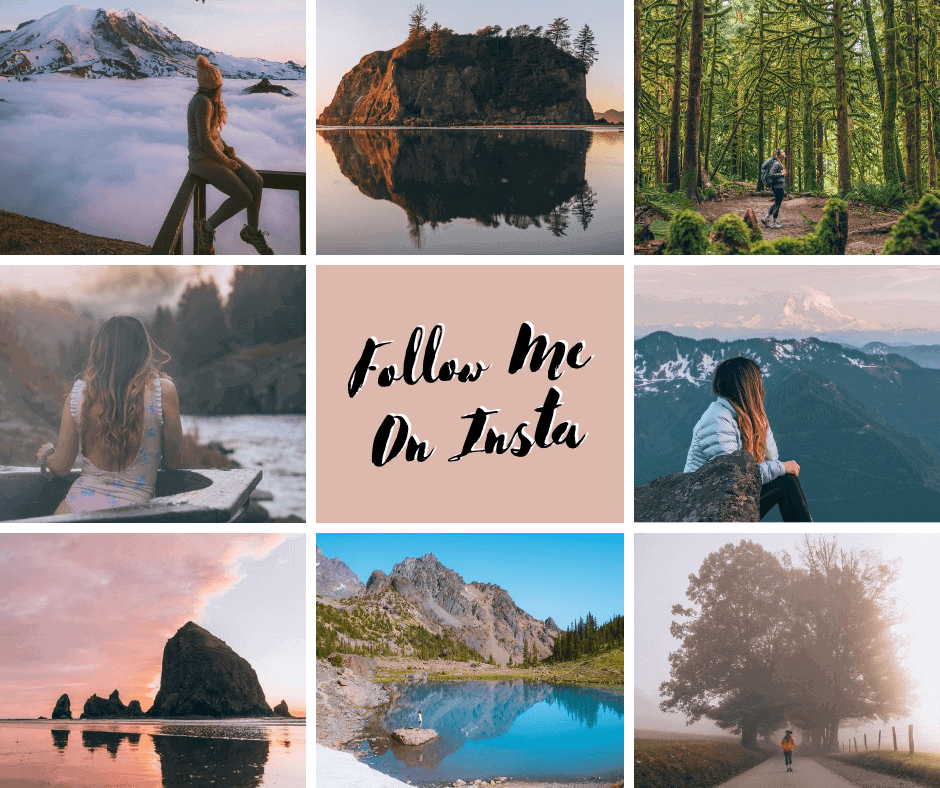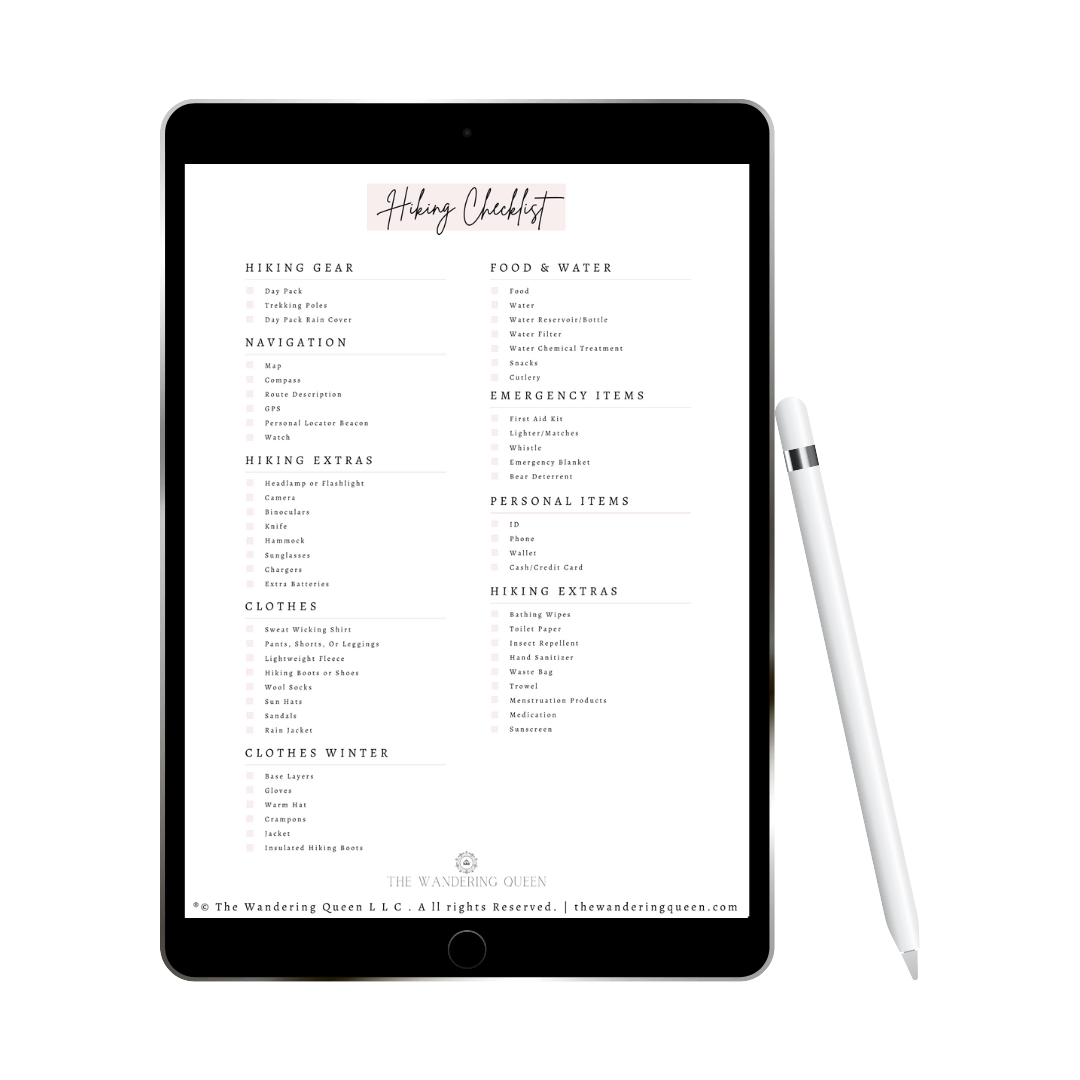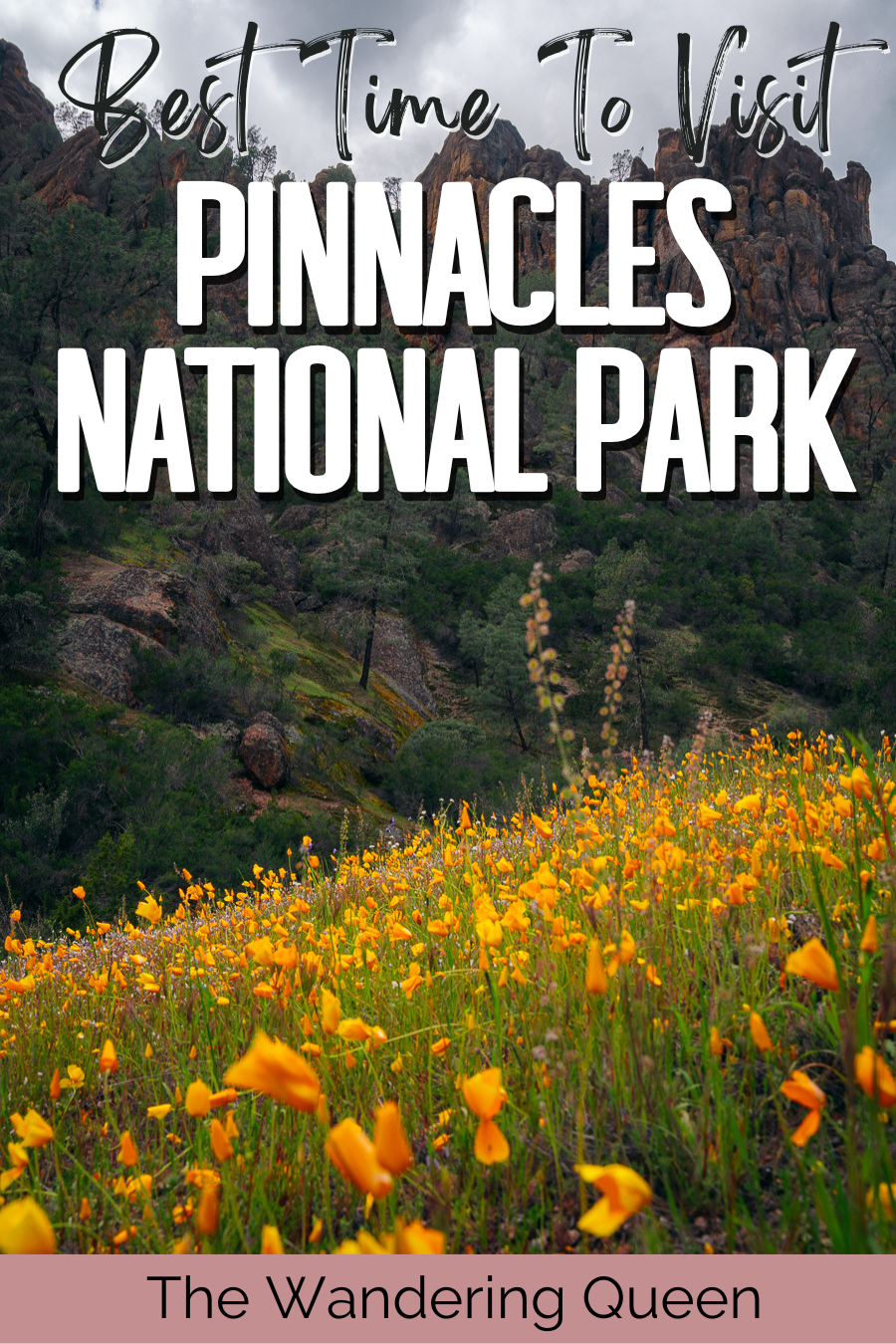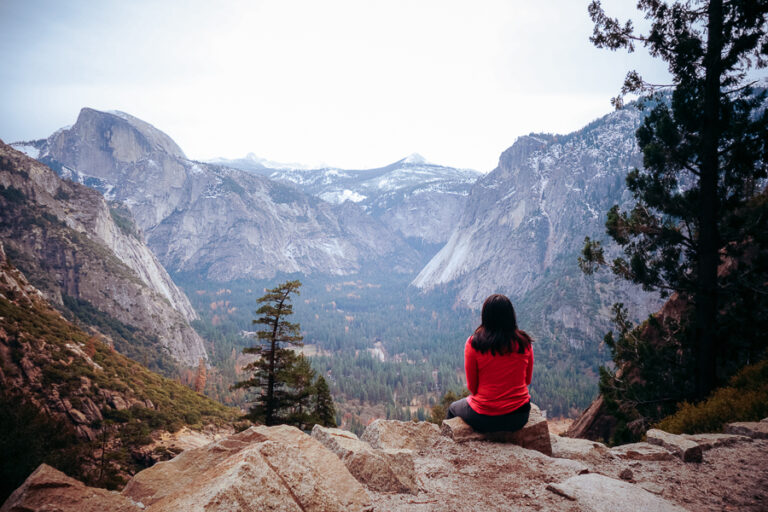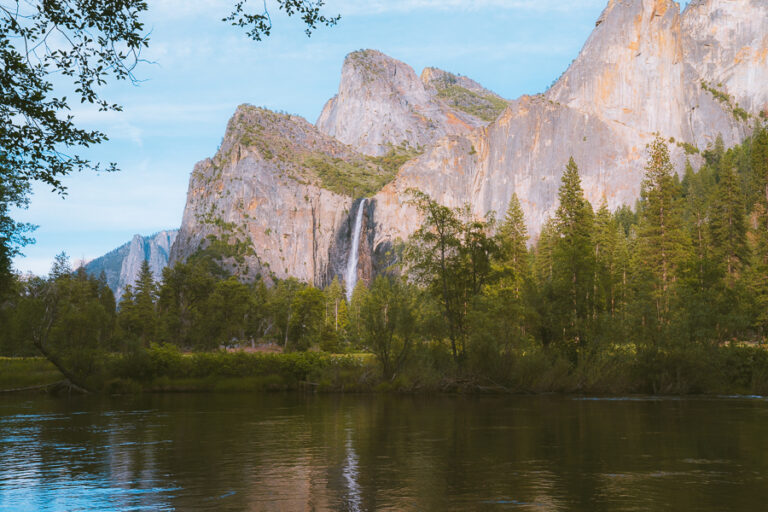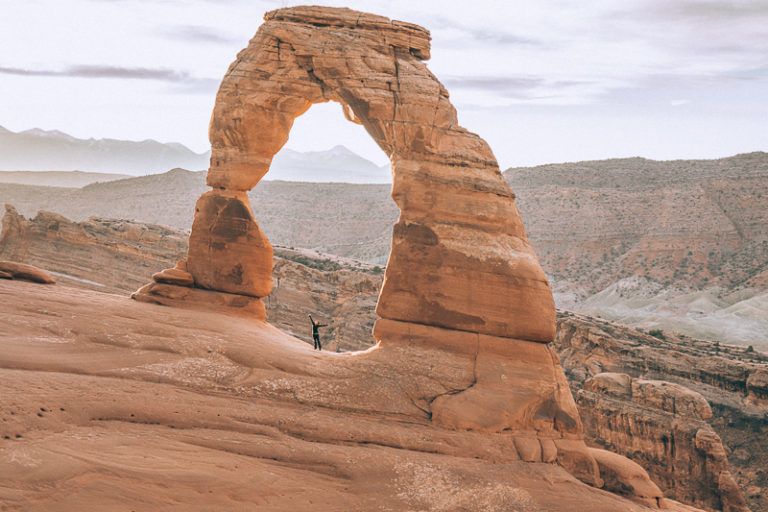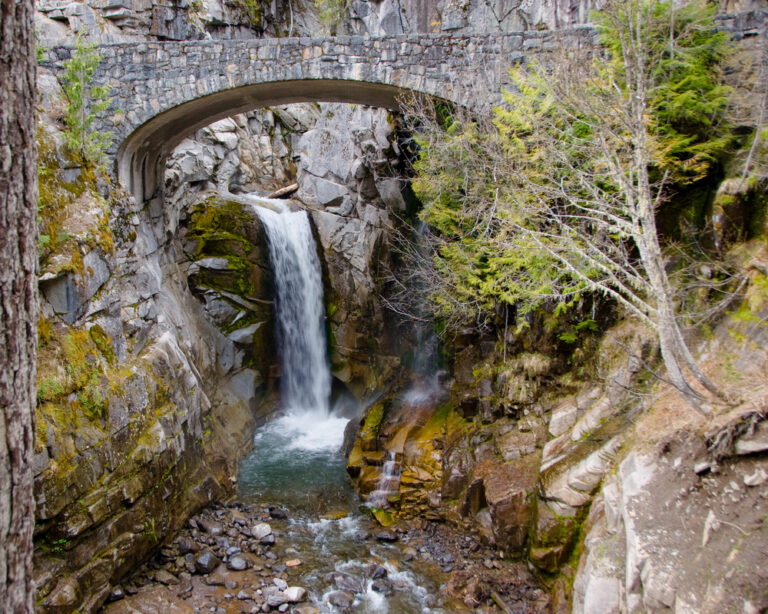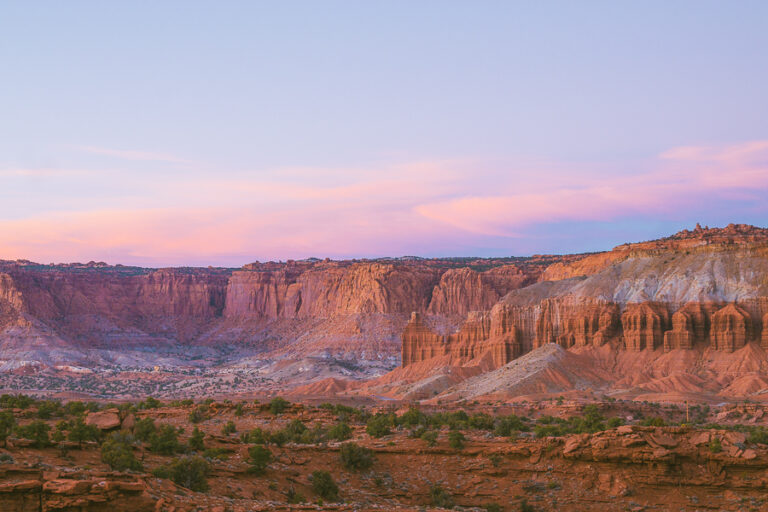Best Time to Visit Pinnacles National Park | 2024 Guide
When you think of California, you are likely drawn to the sunny coastal cities and their brilliant beaches. However, the real gem of the Sunshine State is the central mountainous region that houses Pinnacles National Park, just east of Salinas Valley.
From the mountain peaks and expansive wildflower-filled meadows to the serene rivers, streams, and hidden caves, this park is one of Central California’s best places to visit. There is so much to do in this wondrous location, but finding the best time to visit can be challenging.
This guide will help you figure it all out, providing you with a look into each season and what to do in each, with other tips along the way. Alright, read on to find out the Best Time to Visit Pinnacles National Park.
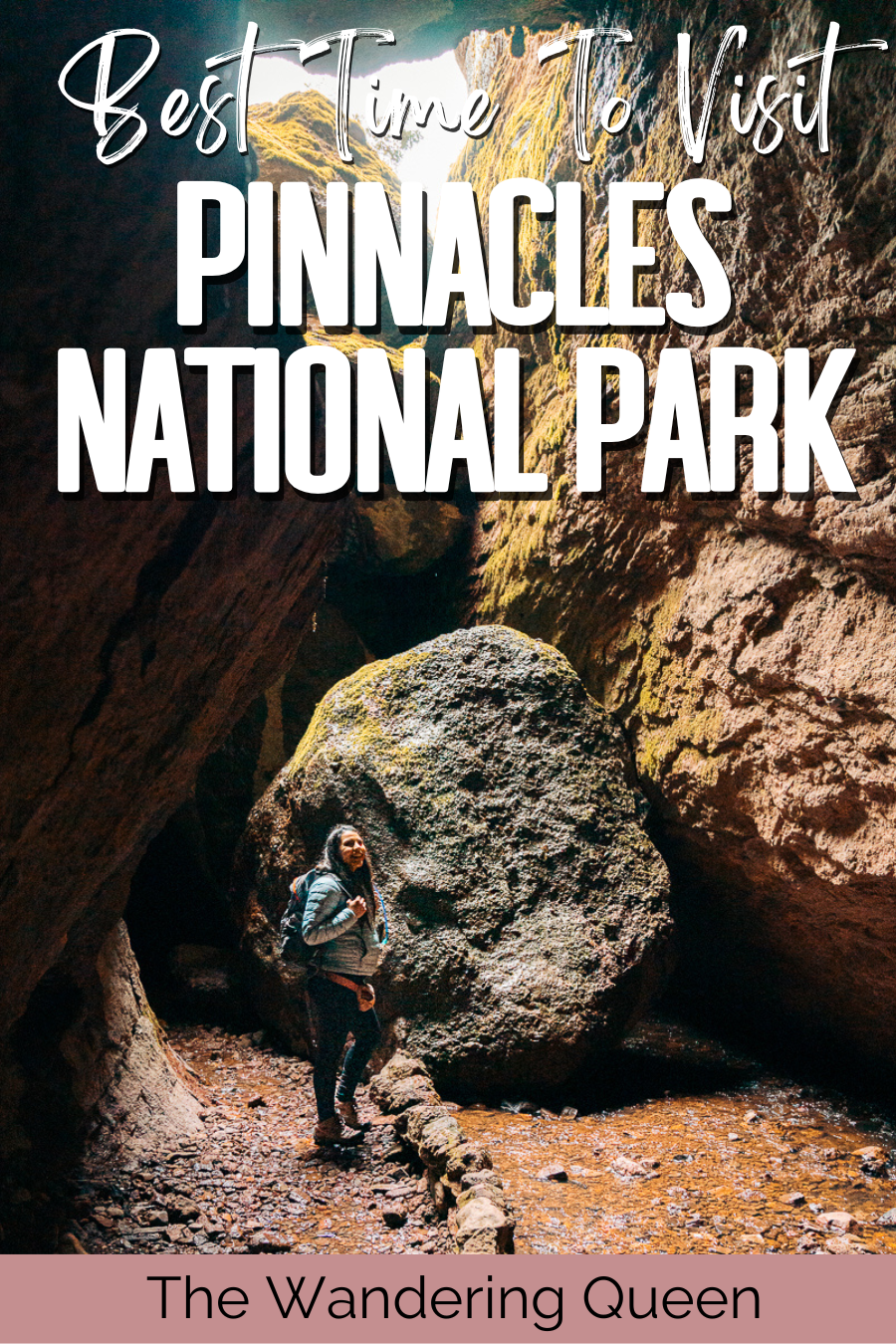
Disclosure: This post contains affiliate links. If you click one of them, I may receive a small commission (for which I am very grateful for) at no extra cost to you.
Pinnacles National Park
Related Posts
How to Get to Pinnacles National Park

Whether driving on a more extended road trip or from a nearby airport, you’ll have to use the Pinnacles’ east or west entrance.
To reach the East Pinnacles Visitor Center at the Pinnacles’ east entrance, you can take California SR 25 through Hollister from the north and through King City from the south. You’ll have to take two main roads to reach the Pinnacles’ west entrance. First, take the SR 101 through Soledad, and from there, the SR 146 toward the park.
The closest major airport is Monterey Regional Airport, about 50 miles from the park’s west side. San Jose International Airport is a close second, 85 miles away. San Francisco International Airport isn’t recommended unless you don’t mind the 111-mile drive.
These airports aren’t close to the east entrance, so if you’re flying in, the west entrance is your best bet. Also, remember that shuttle runs aren’t the most reliable, so driving in with a rental is better.
Best Time to Go to Pinnacles National Park
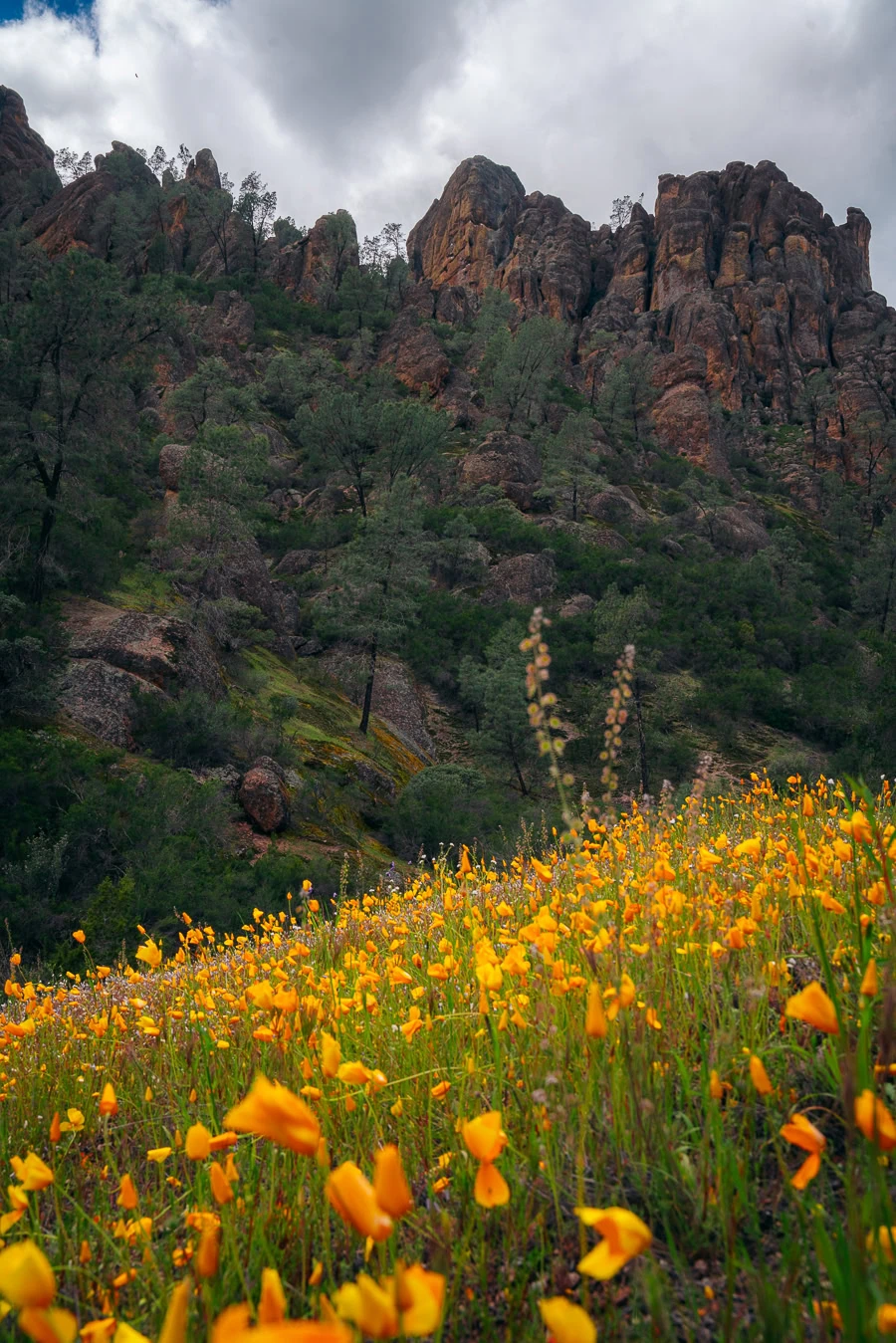
The best time of year to visit Pinnacles National Park isn’t a one-size-fits-all. The best time of year will depend on whether you want to prioritize good weather, fewer crowds, or cheaper prices. However, spring is one of the more popular times to visit Pinnacles National Park.
Spring brings lovely, warm weather that makes for the perfect conditions for outdoor activities, especially hiking, which is a key feature of this park. So, if you’re planning a backpacking trip or want to hike all of the park’s stunning trails, between March and May is best.
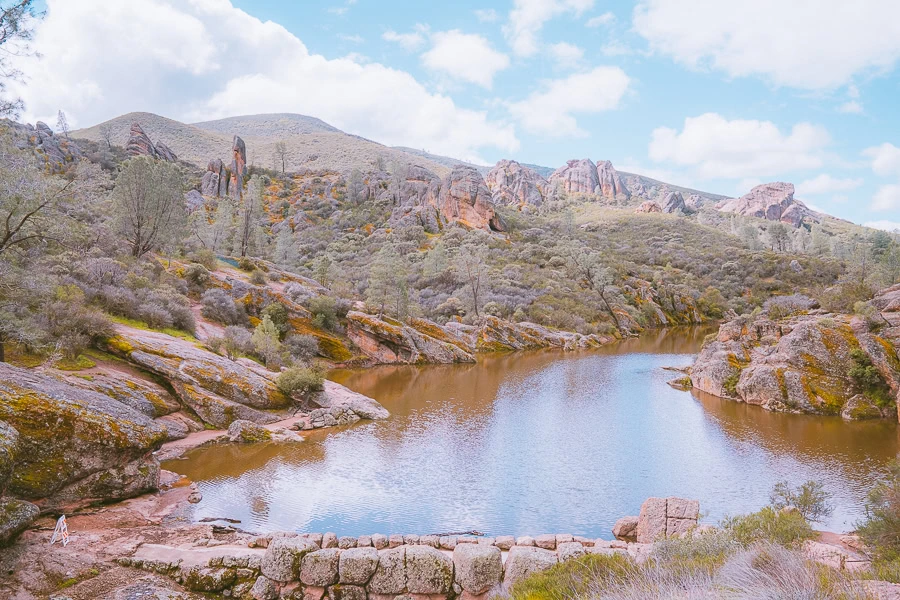
If you want to save more money and enjoy fewer crowds, fall and winter are best. Whether staying at the closest hotel in nearby San Jose or one of the camping or tent sites in the park, you’ll likely save a good amount of money during these months.
Worst Time to Go to Pinnacles National Park
Again, the best and worst time to visit the park is subjective. Contrary to what you might think, winter and fall aren’t as unpopular for visitors. The worst time to visit is probably summer. While some can withstand the heat, others will find it sweltering and uncomfortable for outdoor activities.
On average, high temperatures are around 93°F (34°C), but there are times when they can reach above 100°F (38°C). This makes hiking uncomfortable and dangerous if you don’t have sun protection.
Read Next: If you want to add Pinnacles to a list of other destinations on your journey, take a look at this guide on planning a USA National Park road trip.
Visiting Pinnacles National Park in Spring (March to May)
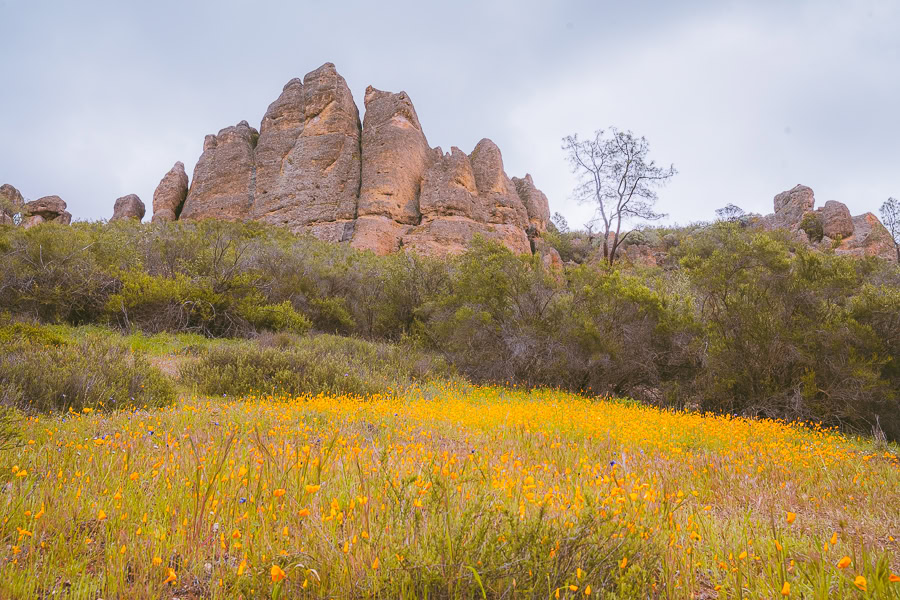
Pinnacles National Park weather can be pretty pleasant in the springtime, with daily temperatures ranging between 64°F and 77°F (18°C and 25°C) on average. March has around seven rainy days, but they dwindle in April and May.
One of the highlights of spring is the hundreds of species of wildflowers and stunning greenery found throughout the park. Hiking and rock climbing are enjoyable, not only because of the mild temperatures but also because of the picturesque scenery.
Spring is also nesting time for the park’s bird population, so it’s a good idea to prioritize trails with views of nests. Bird enthusiasts can spot all kinds of birds, including roadrunners, California condors, hummingbirds, golden eagles, and more.
Things to Do in Pinnacles National Park in Spring

Like many national parks, spring is a pretty busy month, so it’s no surprise that there are a lot of things to do in Pinnacles National Park that will keep your adventurous spirit busy. Here are a few excellent choices to ensure you get your fill of the pleasant weather and stunning scenery.
Hike the Moses Spring Trail to Bear Gulch Reservoir
- Mileage: 1.2 miles (out-and-back)
- Elevation Gain: 315 feet
- Difficulty: Moderate
- Trail Guide: Link

This Moses Spring Trail is on the east side and more manageable than the previous trail, with fewer rocky paths and steep areas. You can hike, run, and go birding, with a chance to spot all sorts of birds, including the California condor. On the Moses Spring Trail, you’ll see stunning vistas and areas filled with wildflowers. Eventually, you’ll make your way to the Bear Gulch Reservoir.
Keep in mind that the Bear Gulch trail is occasionally subject to park closures.
Read Next: What to Wear Hiking in the Spring
Hike the Balconies Cave Trail
- Mileage: 2.6 miles (out-and-back)
- Elevation Gain: 381 feet
- Difficulty: Moderate
- Trail Guide: Link
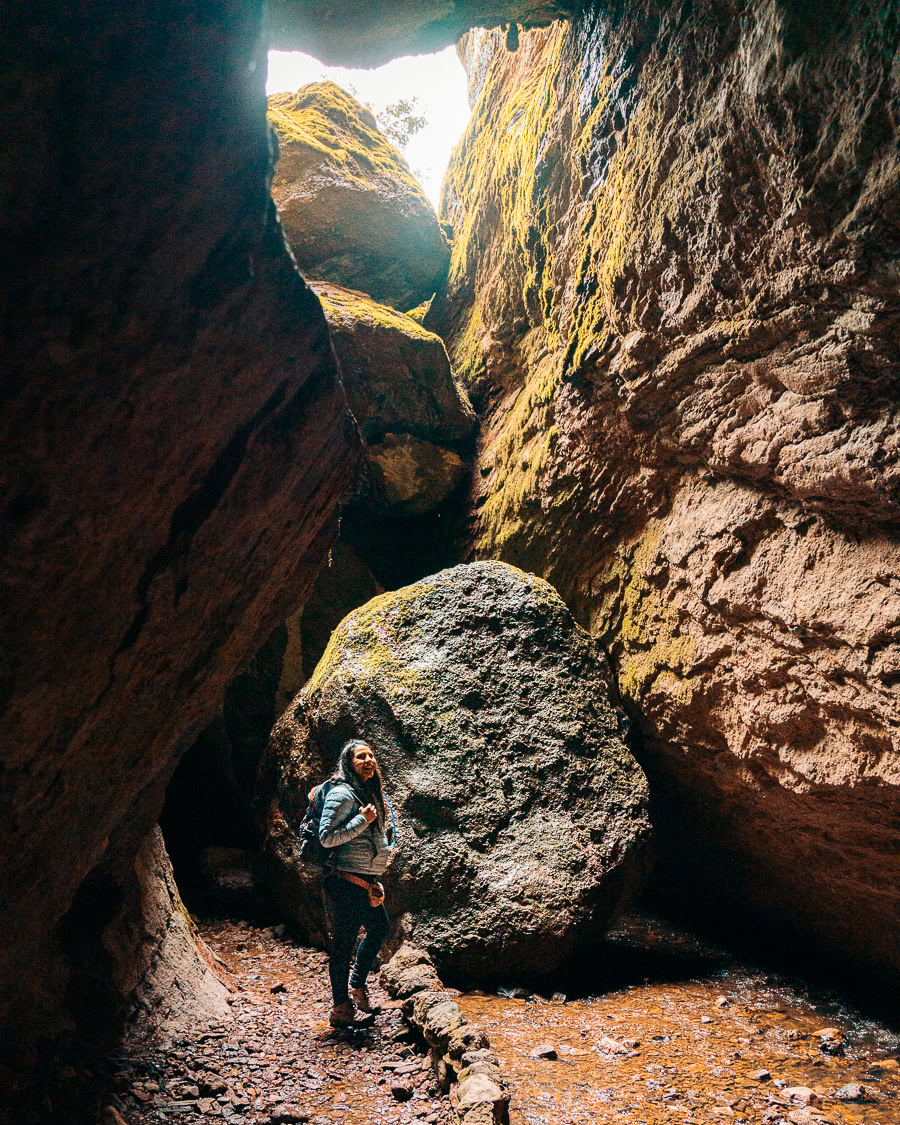
Spring is the perfect time to tackle this fun and exciting trail through the depths of the Balconies Cave Trail. It’s a bit longer than the Moses Spring Trail but no less remarkable. You’ll start trekking alongside fantastic rock formations and narrow canyons before heading into one of the park’s Talus Caves.
Make sure you bring your flashlight or headlamp and prepare for walking through pools of water — they can get knee-deep in the spring. You can add this to the Old Pinnacles Trail Loop if you want something extra challenging.
Try Birding and Spot a California Condor
As mentioned, spring is the best time to spot birds nesting throughout the park. This national park is famous for its California condors, an endangered species that the park has been working to restore over the years. Don’t worry — the California condor isn’t the only bird around. There are over 160 different species that you stand a chance of capturing.
Visiting Pinnacles National Park in Summer (June to August)
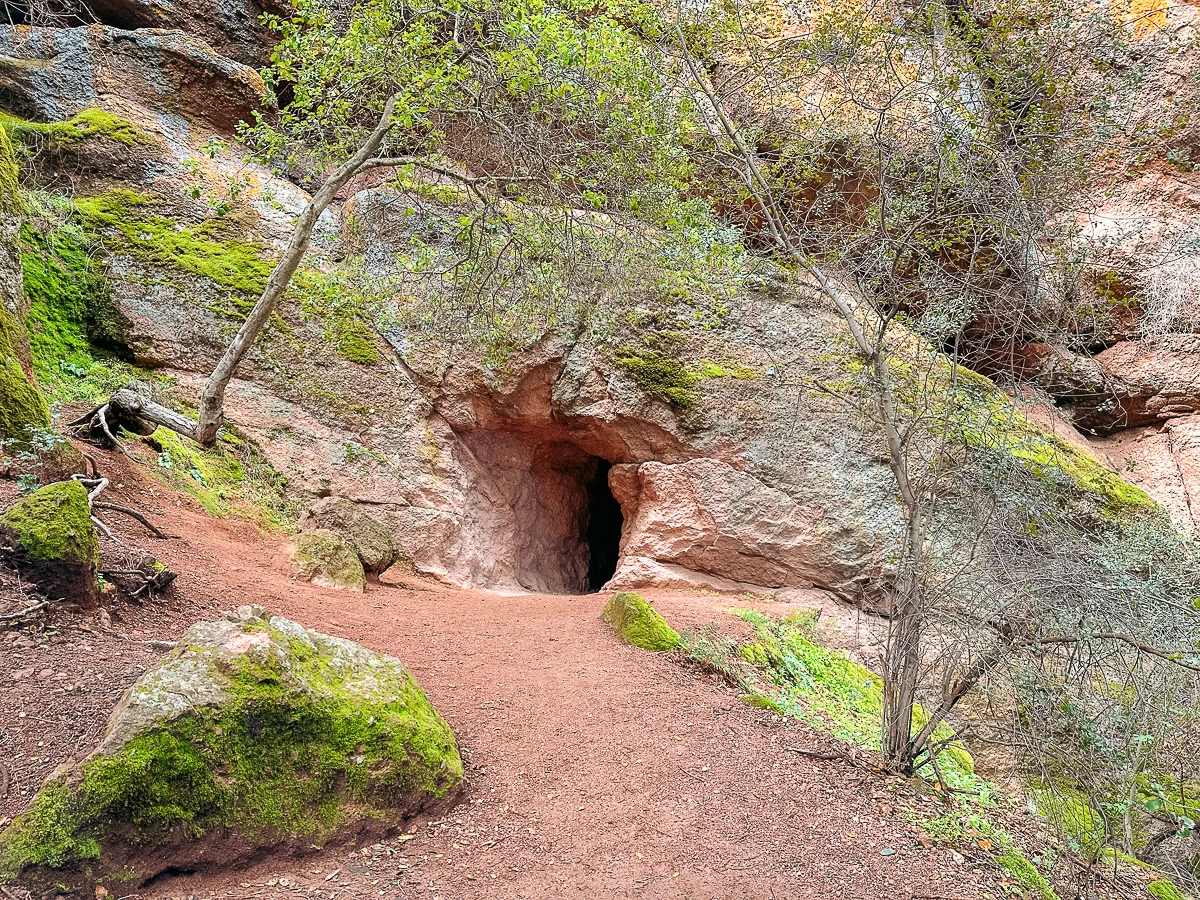
If you’re a regular to California, you won’t be surprised to find that summer at Pinnacles National Park can get unbearably hot. We’re talking temperatures between 86°F and 94°F (30°C and 34°C) on average. And with the park being around 50 miles inland from the Pacific Ocean and having zero rainy days, there’s little to quell the heat.
Oak woodlands are few and far between, so a lack of shade can make hiking uncomfortable during the daytime. Night hikes and special ranger programs are your go-to. If you go camping at the Pinnacles Campground, there is a small swimming pool for cooling down.
You can visit in the summer if you follow the necessary summer visitation tips compiled by park officials. Bring plenty of sunscreen and UV protection, keep hydrated, and always follow the park’s safety precautions.
Things to Do in Pinnacles National Park in Summer

Summer in Central California can be brutal, so you might struggle to find things to keep you busy without making you uncomfortable. Don’t worry — if you can withstand the heat, there is plenty to do.
Go Stargazing
If you visit Pinnacles in the summer, stargazing is a brilliant way to get some things done without getting beaten by the heat. You can do it from the east side or the west side. Night sky viewing is stunning, with millions of stars shining brightly overhead in the heart of nature. If you visit in July, you might catch the Star Party.
Hike the Bench Trail
- Mileage: 6 miles (out-and-back)
- Elevation Gain: 194 feet
- Difficulty: Easy
- Trail Guide: Link
This is one of the more popular trails in the park, and for good reason. It boasts gorgeous views of the Talus Caves, creek crossings, and wildlife, from cute little jackrabbits and squirrels to hummingbirds and wrens. The creeks make the trail more bearable during the day, so you will be fine if you keep hydrated and use plenty of sunscreen.
Visiting Pinnacles National Park in the Fall (September to November)

The beginning of fall is the hottest, with daily temperatures in September still as high as 90°F (32°C), though in October and November, it dips down between 68°F and 79°F (20°C and 26°C). At most, it rains around four days in November, but otherwise, there isn’t any rain to contend with.
Since the temperatures are cooling and the crowds are dwindling, fall is a great time to tackle the park’s more challenging hiking trails, rock climbing, and rock scrambling. Challenging hikes are especially great in the fall.
Fall also has fewer crowds, so it’s an excellent time to secure a spot at Pinnacles National Park’s campsite. Pinnacles Campground offers tent sites, group campsites, and RV sites, so there’s something for anyone.
Download my free Outdoor Photography Guide
Things to Do in Pinnacles National Park in the Fall
The fall foliage leaves much to be explored, and you’ll want to get your fill. From hiking to camping and everything in between, here are the best things to do at Pinnacles National Park in the fall.
Hike the Chalone Peak Trail
- Mileage: 8 miles (out-and-back)
- Elevation Gain: 2,178 feet
- Difficulty: Hard
- Trail Guide: Link
This one is challenging, but the cooler fall weather makes tackling it easier. You’ll enjoy fall foliage (or wildflowers in spring), birds flying about, and remarkable views from the summit of North Chalone Peak, the highest point in the park. Make sure to take a separate journey to South Chalone Peak.
Go Camping at Pinnacles Campground
Camping at Pinnacles is always good in the fall. There are 134 campsites, from tents to RV hookups, so you’ll have no trouble finding a spot, especially with the fewer crowds. The campground is accessed from the park’s east entrance.
Visiting Pinnacles National Park in Winter (December to February)
Park visitors can expect much cooler temperatures in winter, but not so cold that it makes your stay unbearable. Daily averages range between 61°F and 63°F (16°C and 17°C). Winter is also the wettest season in the park, with about seven rainy days a month.
Light snowfall occurs at higher elevations, adding to the beauty of a trail like the High Peaks Trail. Regardless, winter is a popular time of year for the park. The rainy weather at lower elevations means streams and creeks flow nicely and create a serene atmosphere.
It’s an excellent time to indulge in winter hikes along a Pinnacles trail. Camping is also a good option due to the fewer crowds, but keep that campfire handy for those nippy nights.
Claim your FREE Hiking Checklist
Ready to start hiking? Grab my free hiking checklist and never forget anything at home!
Things to Do in Pinnacles National Park in Winter
Surprisingly, Pinnacles is pretty busy in the colder months, so you won’t be lacking options when it comes to activities and exploration ideas. Here are the top ideas to keep you busy in Pinnacles National Park in winter.
Visit the Bear Gulch Nature Center in the Bear Gulch Day Use Area
This small nature center is located in the Bear Gulch Day Use Area and has a couple of nice exhibits to see before you embark on a hike — to Bear Gulch Cave, perhaps?
Park rangers will tell you everything you need to know about each trail. From Bear Gulch Trail or Tunnel Trail, to more challenging routes, like the Condor Gulch Trail on the east side of the park, you’ll learn about them all. They also provide information on the park itself, so it’s a great learning opportunity.
Try the Juniper Canyon Loop Trail to High Peaks Trail
- Mileage: 4.2 miles (loop)
- Elevation Gain: 1,335 feet
- Difficulty: Hard
- Trail Guide: Link
This round-trip hike takes you up to the glorious high peaks, where you’ll see 180-degree views of the park that are truly breathtaking and even catch a glimpse of a California condor. Again, birding is a highlight of this national park, and spring isn’t the only time you can see the endangered California condor. The High Peaks Trail isn’t for the faint of heart, but it’s worth every step.
Final Thoughts on the Best Time For Visiting Pinnacles National Park
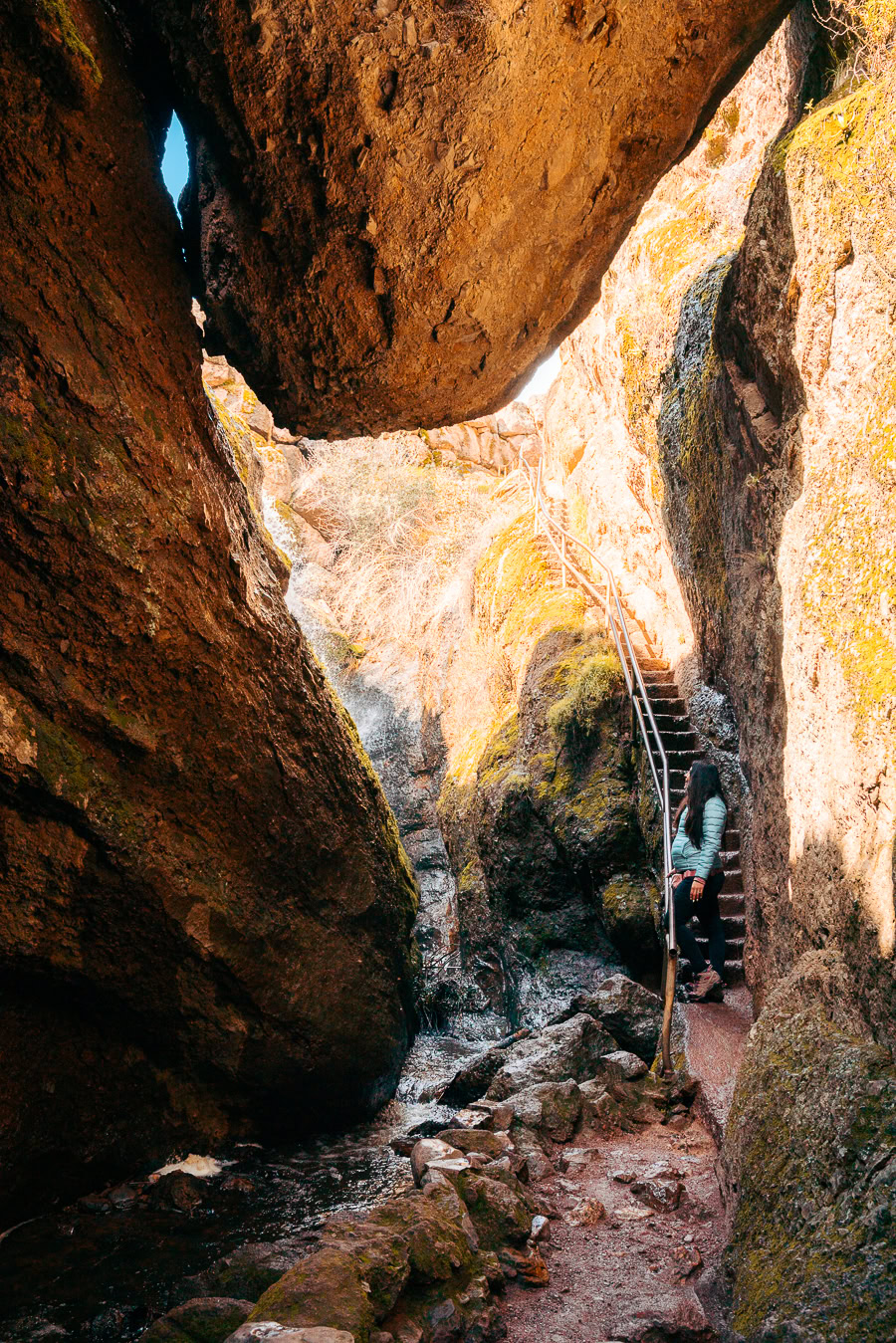
And that’s a wrap, folks. Pinnacles National Monument is a unique environment and a playground for outdoor lovers and fitness fanatics. Simply put, it’s sure to knock your socks off. This national park is perfect all year round if you consider what works for you. Just keep track of potential park closures with the National Park Service, though these are rare.
This national park is a joy, whether you want to take a casual hike through blooming meadows and wildflower fields, admire the constellations while stargazing, or trek up the High Peaks Trail.
So, what are you waiting for? It’s time to start packing.
Read Next: If you want to explore more of what California offers, why not check out the best time to visit Death Valley and add this gem to your itinerary?

